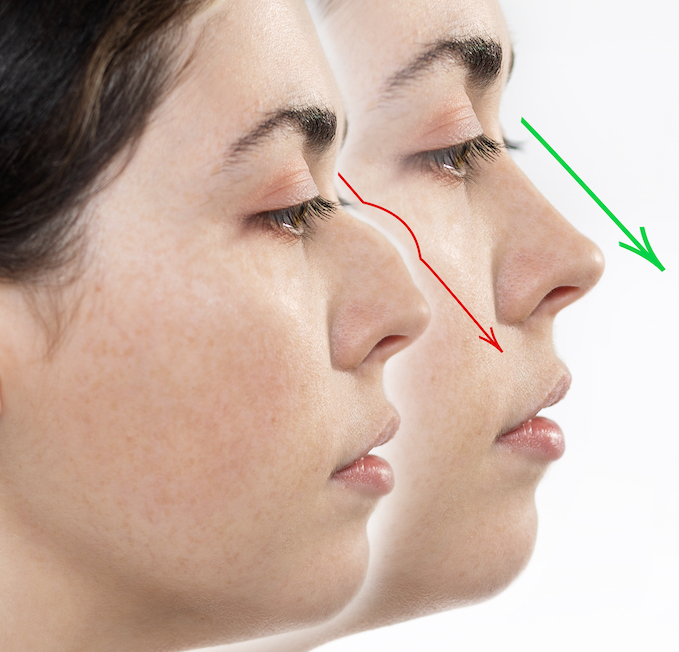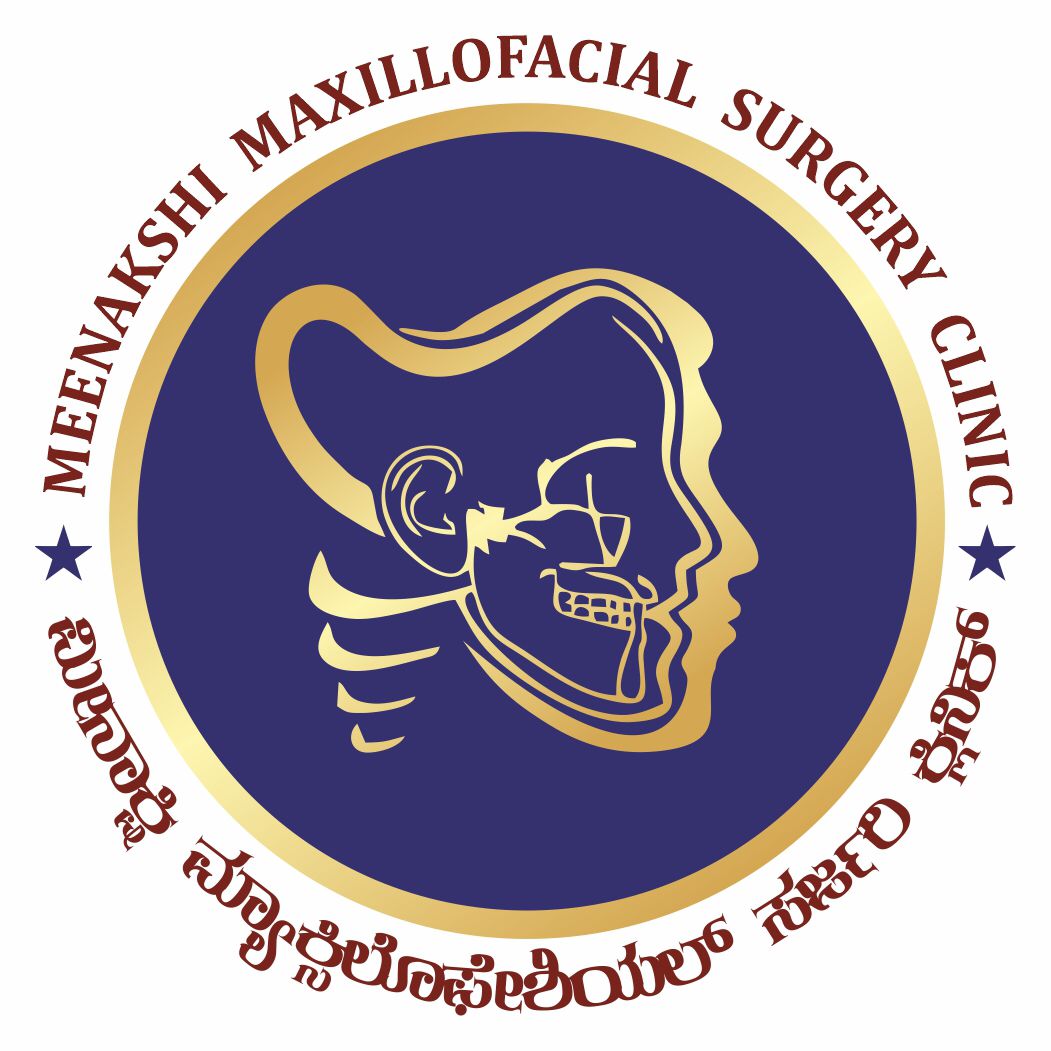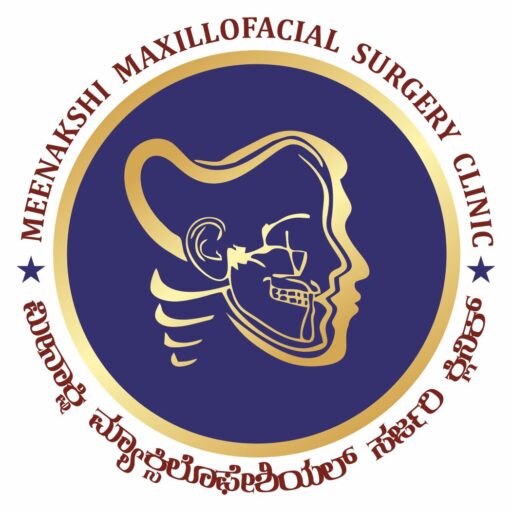Rhinoplasty
- Home
- Rhinoplasty

Rhinoplasty is one of the most complex and challenging operations in facial aesthetic surgery and is also one of the most commonly performed aesthetic surgery procedures. Successful rhinoplasty begins with a thorough understanding of nasal anatomy, accurate clinical analysis and definition of the anatomic deformity, and precise surgical execution.
Rhinoplasty (nose surgery) is the surgical correction of the bone, cartilage, skin, and soft tissue of the nasal complex in an effort to make the physical appearance of the nose more pleasing along with a better functional outcome.
Nasal surgeries can be divided into two groups:
Functional Rhinoplasty (correcting breathing problems): Functional problems such as nasoseptal deviation, turbinate hypertrophy, and middle-vault collapse are all examples of mechanical obstructions to one’s breathing.
Cosmetic Rhinoplasty (correcting aesthetic problems): The most common aesthetic concerns are the dorsal hump, bulbous nose, globular nose, ill-defined NASAL tip, a plunging tip that becomes pronounced upon smiling, and a too-wide or too-flat NASAL bridge.
Rhinoplasty can be performed in two ways.
Closed Rhinoplasty ( ENDONASAL RHINOPLASTY): The closed method is performed under general anesthesia but with all incisions made within the nostrils on the mucosa. The surgeon typically makes separate surgical openings in the left and right nostrils. It’s less invasive and causes less swelling compared with an open structure rhinoplasty. This procedure is advised for primary rhinoplasty or for patients who have not had rhinoplasty surgery performed on their nose. The main advantage of closed rhinoplasty is that it does not alter the natural characteristics of the nose but simply refines and enhances the patient’s current anatomy. This approach allows for nose refinement without drastic changes, simply giving the patient a contoured version of their natural nose. Many patients do not want an overly surgical look that makes it obvious to their family or peers that they’ve undergone a rhinoplasty. For this reason, closed rhinoplasty is preferred as there are fewer tell-tale signs of surgery. Another advantage of closed rhinoplasty is that it doesn’t leave external cuts or scars.
Open Structure Rhinoplasty: This method requires general anesthesia, with the surgeon making a small incision on the patient’s columella, or the soft tissue separating the nostrils. This gives the surgeon access to the underlying bone and cartilage structure of the nose. The main advantage of an open rhinoplasty is that it allows for total reconstruction of the nose. It is also ideal for revision rhinoplasty since the original shape of the nose has already been modified. It allows total reconstruction from scratch, with the surgeon reshaping the nose into any structure desired.
The Benefits of Rhinoplasty
- Improved Nasal Airway Function.
- Improved self-esteem and self-confidence
Book Now
Make An Appointment
Open Hours
- Mon – Sat : 10 AM to 02 PM
- Mon - Sat : 04 AM to 08 PM

